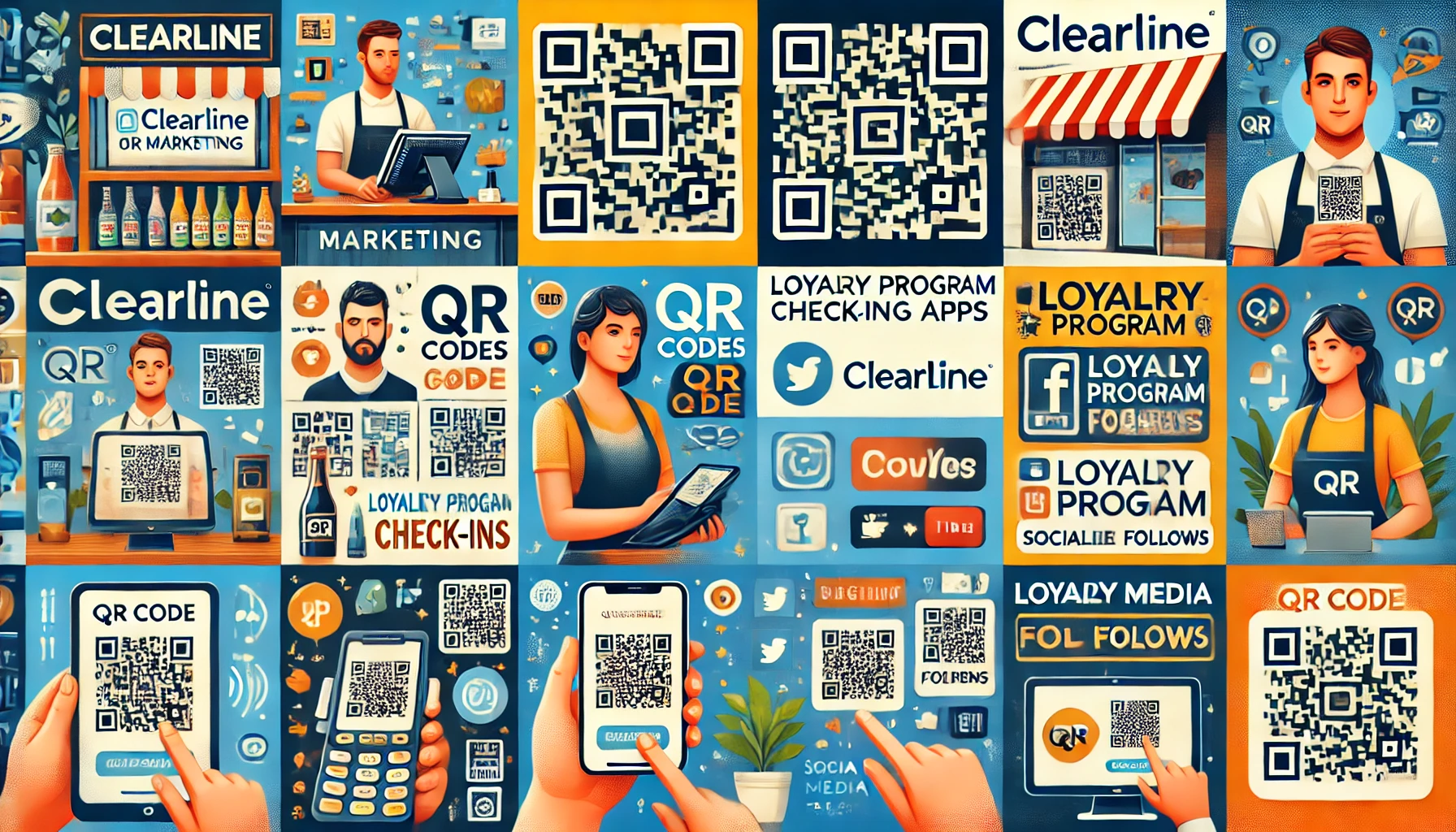
In the fast-evolving retail landscape, businesses constantly seek innovative ways to engage customers, streamline operations, and drive sales. One technology that has gained significant traction in recent years is the Quick Response (QR) code. Originally developed for tracking parts in automotive manufacturing, QR codes have now become a powerful tool for retail marketing and customer engagement. This blog post explores the benefits and best use cases for QR codes in the retail business.
Benefits of QR Codes in Retail
1. Enhanced Customer Engagement: QR codes offer a seamless way for customers to interact with a brand. By scanning a QR code, customers can instantly access product information, promotional offers, and other digital content, enhancing their shopping experience.
2. Cost-Effective Marketing: Implementing QR codes is relatively inexpensive compared to other marketing strategies. Retailers can integrate QR codes into existing marketing materials, such as posters, flyers, and product packaging, without significant additional costs.
3. Improved Customer Data Collection: QR codes can be used to gather valuable customer data, such as email addresses and purchase preferences. This information can be leveraged to create personalized marketing campaigns and improve customer relationship management.
4. Increased Sales and Conversion Rates: By providing easy access to product details, reviews, and special offers, QR codes can influence purchasing decisions and increase conversion rates. Customers are more likely to make a purchase when they have all the information they need at their fingertips.
5. Contactless Interaction: In a post-pandemic world, contactless technologies have become crucial. QR codes allow customers to engage with a brand without physical contact, promoting safety and convenience.
6. Real-Time Analytics: Retailers can track QR code scans in real time, providing insights into customer behavior and campaign performance. This data can be used to refine marketing strategies and improve ROI.
Best Use Cases for QR Codes in Retail
1. Product Information and Reviews: Place QR codes on product tags or shelves to provide customers with instant access to detailed product information, reviews, and ratings. This helps customers make informed purchasing decisions.
2. Promotional Offers and Discounts: Incorporate QR codes into marketing materials to offer exclusive discounts and promotions. Customers can scan the code to receive a digital coupon, which can be redeemed at checkout.
3. Loyalty Programs: Use QR codes to facilitate loyalty program sign-ups and check-ins. Customers can scan a code to join the program, earn points, and redeem rewards, creating a seamless loyalty experience.
4. Contactless Payments: Integrate QR codes with payment systems to enable contactless transactions. Customers can scan a code at the checkout to complete their purchase using mobile payment apps.
5. In-Store Navigation: Help customers navigate large retail spaces by placing QR codes at key locations. Scanning the code can provide directions, store maps, and information about ongoing promotions in specific sections.
6. Social Media Engagement: Encourage customers to follow your brand on social media by placing QR codes on receipts, posters, and packaging. Scanning the code can direct customers to your social media profiles, increasing your online presence.
7. Feedback and Surveys: Collect customer feedback by placing QR codes on receipts or at checkout counters. Customers can scan the code to complete a survey, providing valuable insights into their shopping experience.
8. Event Promotions: Use QR codes to promote in-store events and special sales. Customers can scan the code to learn more about the event, RSVP, and receive reminders.
9. Digital Product Catalogs: Reduce the need for physical catalogs by providing digital versions accessible via QR codes. Customers can scan the code to browse the latest products and promotions on their mobile devices.
10. Inventory Management: For back-end operations, QR codes can streamline inventory management. Employees can scan codes to update stock levels, track shipments, and manage inventory more efficiently.
Conclusion
QR codes offer a versatile and cost-effective solution for enhancing customer engagement and streamlining operations in the retail sector. By leveraging the benefits and exploring the best use cases for QR codes, retailers can stay ahead of the competition, improve customer satisfaction, and drive sales. As technology continues to evolve, the potential applications for QR codes in retail will only expand, making them an essential tool for modern retail businesses.